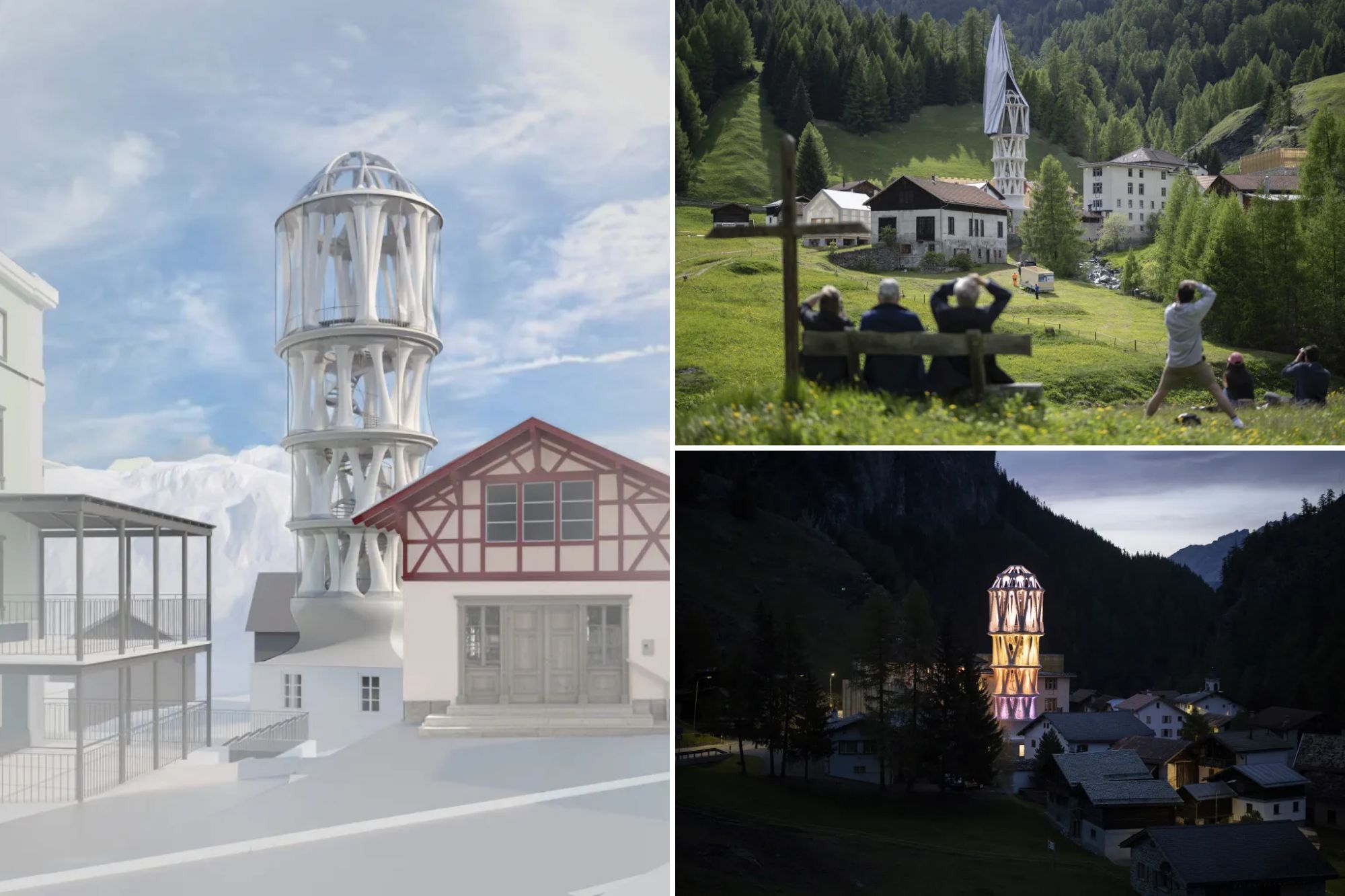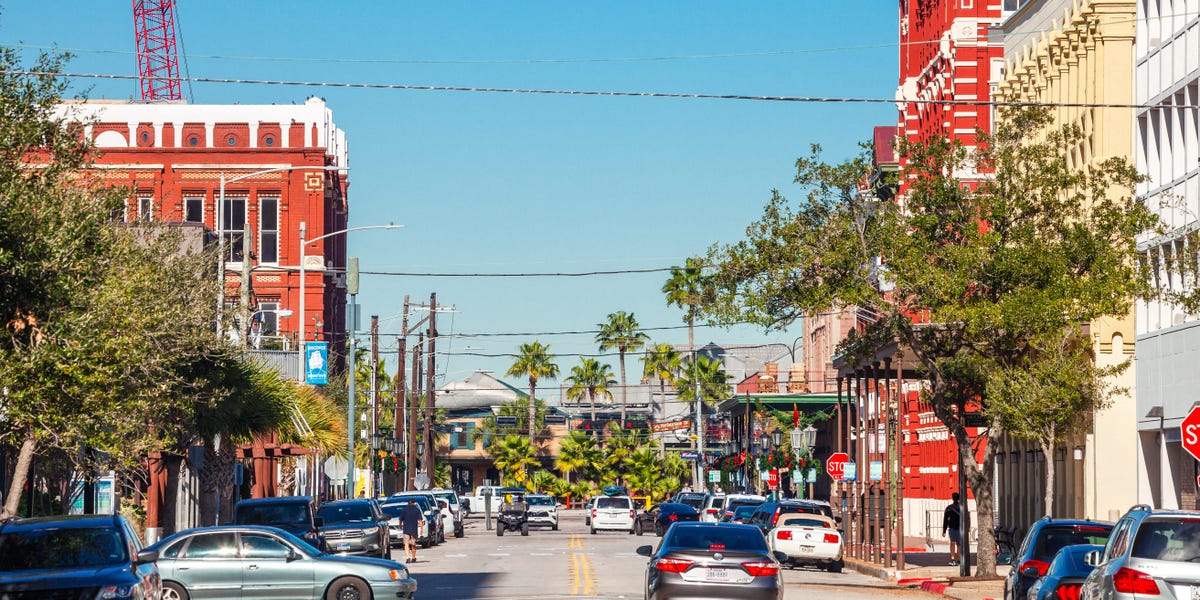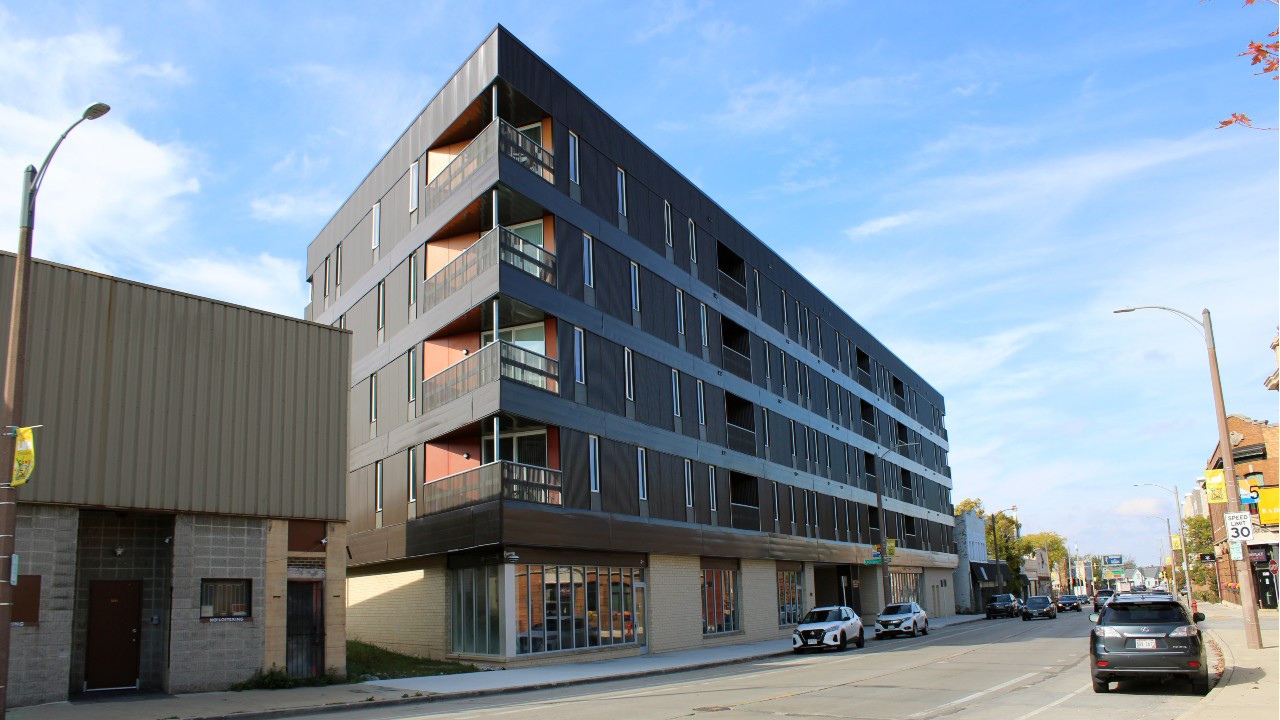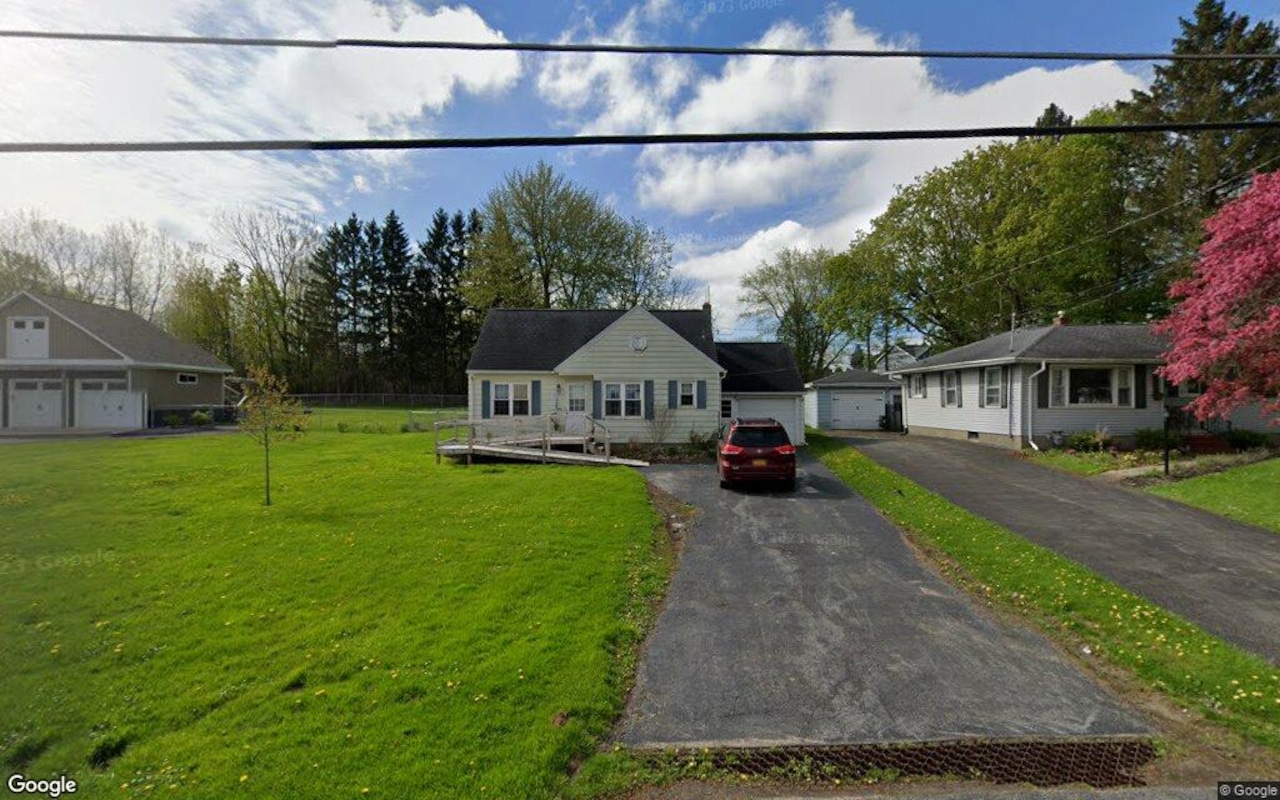I
n the Swiss village of Mulegns, a tiny community on the brink of extinction, a striking new landmark has emerged. The Tor Alva, or White Tower, stands at nearly 100 feet tall, making it the world's tallest 3D-printed building. This futuristic marvel is not just a record-breaker, but also a beacon of hope for the village.
The tower's design echoes the intricate patterns found in filigree jewelry and confections, paying homage to the region's 19th-century emigrant pastry chefs who once brought prosperity back to this alpine valley. Created by the Origen Cultural Foundation and ETH Zurich, the tower showcases cutting-edge digital fabrication techniques using a custom concrete mix.
The structure consists of 32 intricately ornamented columns that were robotically printed on ETH's campus near Zurich. These elements were then transported and assembled atop a former blacksmith's shop in the center of the village. The tower's true purpose goes beyond setting records: it aims to revive a town whose population has plummeted from 140 in 1900 to barely enough to field a soccer team today.
Inside, a 32-seat cupola theatre offers sweeping mountain views and will host performances beginning in July. Daily guided tours are now open to visitors, and the tower's arrival marks a dramatic intervention in the fate of Mulegns. According to the project's website, Tor Alva aims to "breathe new life into a historic community while setting a global standard for sustainable, culturally vibrant development."
The tower will be relocated to another declining community in 2030, but local leaders hope that by then, it will have already helped Mulegns regain not just visitors, but residents. The project represents a bold intersection of architecture, science, and sustainability, and its impact is expected to inspire the building sector, encourage sustainable tourism, and offer new cultural space.















